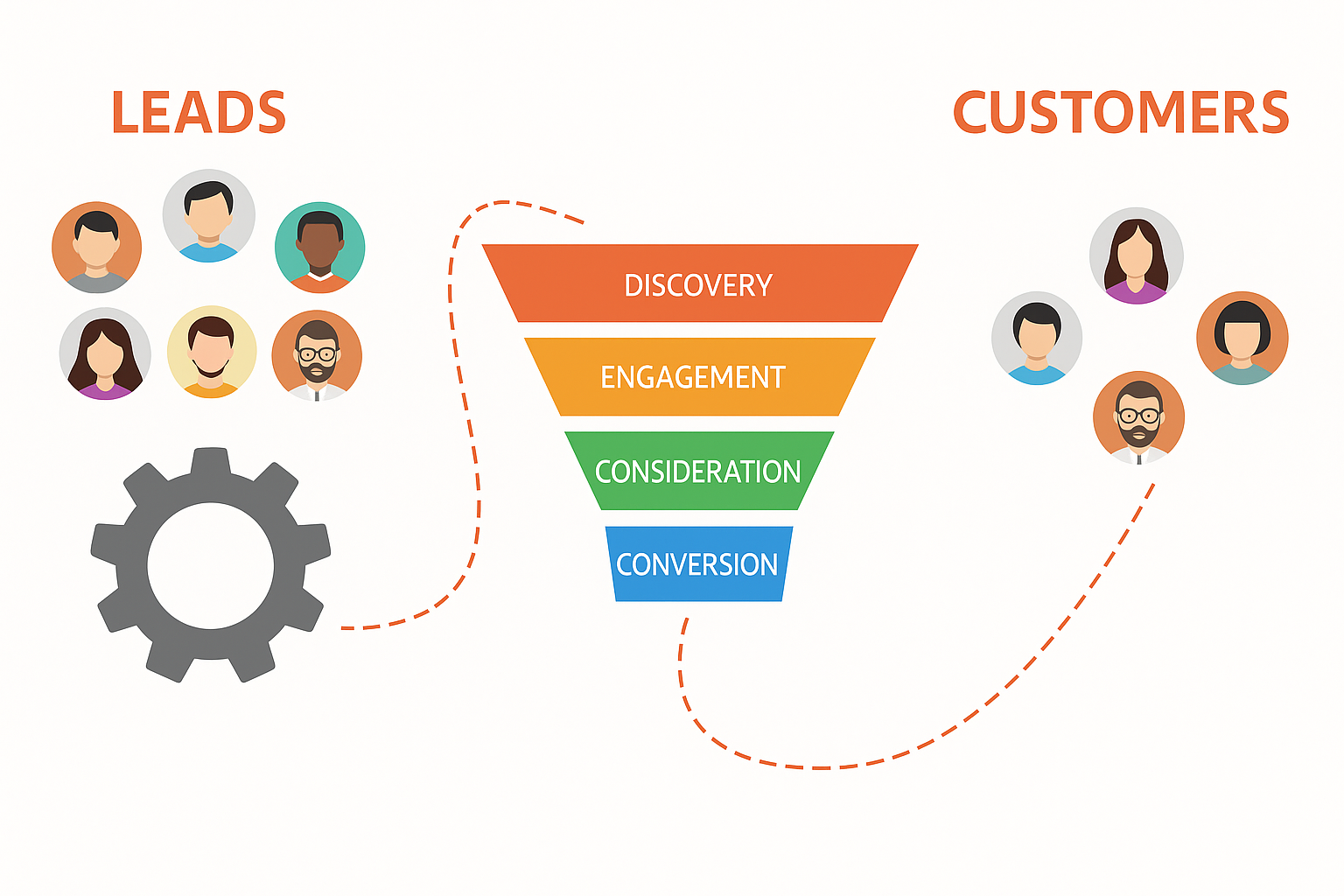
An automated webinar funnel runs continuously without your presence. It generates leads while you focus on other priorities. It delivers consistent presentations that convert prospects into customers 24/7. In fact, 81% of small businesses now report using AI for marketing, reflecting how automation, including automated webinar funnels, is becoming indispensable to modern strategies.
Marketing leaders face a common challenge: scaling lead generation without proportionally scaling resources. This guide provides a practical framework for building and optimizing automated webinar funnels that deliver predictable results.
What is an evergreen webinar funnel and why it transforms lead generation

An evergreen webinar funnel combines pre-recorded presentations with automated marketing sequences. Unlike simple video hosting, it creates a complete journey from initial interest to final purchase. The system manages registration, sends reminders, delivers content, and follows up with prospects automatically.
This approach differs fundamentally from traditional webinars. Live sessions require constant repetition of the same content, consuming valuable time and resources. Automated funnels deliver your best presentation consistently, allowing you to refine and optimize based on data rather than memory.
Understanding the automated webinar funnel ecosystem
The ecosystem operates through three integrated layers. The attraction layer drives traffic through paid advertising, content marketing, and social media campaigns. Prospects discover your webinar through channels that align with their existing behavior patterns.
The engagement layer nurtures registrants before and after the presentation. Email sequences build anticipation and overcome common objections before they arise. Post-webinar communications maintain momentum while prospects evaluate their decision. Each touchpoint serves a specific purpose in moving viewers toward conversion.
Evergreen webinar funnel vs. traditional webinars: the automated advantage
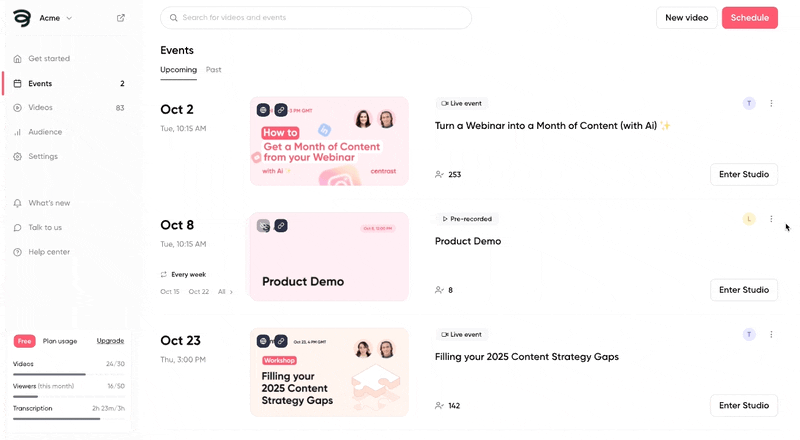
Traditional webinars achieve around 35-45% attendance rates on average. Scheduling conflicts, time zones, and forgotten appointments all reduce participation. Automated funnels offer multiple daily showings, accommodating different schedules and increasing attendance to 60-70% or higher.
The quality advantage proves equally significant. Your best live performance becomes the standard experience for every viewer. No technical difficulties interrupt the flow. No off days affect your energy. Every prospect receives the optimal version of your presentation, complete with refined messaging and proven conversion elements.
How automated funnels generate leads 24/7 without manual intervention
Registration triggers a sophisticated sequence of automated actions. The system immediately delivers confirmation emails, schedules reminder messages, and prepares follow-up content. Each element activates based on user behavior and predetermined timing rules.
Results demonstrate the effectiveness of this approach. Some companies using automation have reported substantial increases in qualified leads, while cost per acquisition often falls noticeably. Cost per acquisition typically decreases by quite a lot compared to traditional methods. The scalability enables growth without proportional increases in marketing expenses.
What are the key elements of a high-conversion webinar funnel
The registration page serves as your primary conversion point. Headlines must immediately communicate value to your target audience. Forms should request minimal information to reduce friction. Every element should guide visitors toward a single action: registering for your webinar.
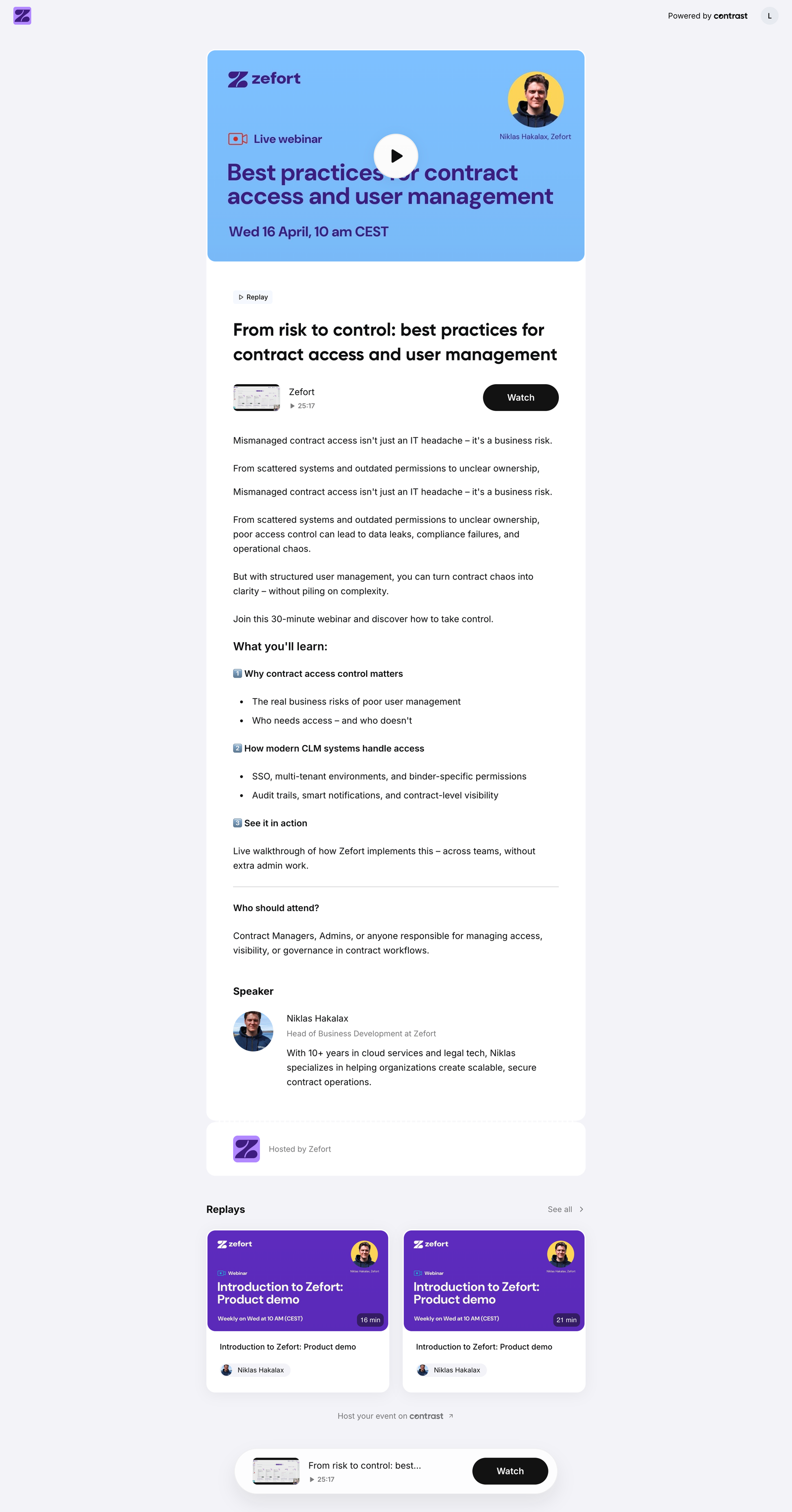
The presentation itself requires careful balance. Most effective webinars carefully balance education, credibility-building, and promotional messaging. Viewers should gain substantial value before encountering any sales elements. This approach builds trust and positions your offer as a natural next step rather than an aggressive pitch.
How to create an automated webinar funnel: a step-by-step guide
Building an effective funnel requires systematic planning and execution. Each step builds upon the previous one, creating a cohesive system rather than disconnected components. Success depends on attention to detail and commitment to testing and refinement.
Building a robust funnel generally spans several weeks to ensure quality and reliability.. This timeline allows for proper strategy development, content creation, technical setup, and thorough testing. Rushing risks creating a fragile system that breaks under real-world conditions.
Step 1: define your high-conversion strategy and goals
Start by identifying your ideal customer profile with precision. Generic targeting produces generic results. Define specific characteristics: company size, industry, role, challenges, and desired outcomes. This clarity influences every subsequent decision.
Establish measurable success metrics from the beginning. Track cost per registrant, attendance rate, engagement duration, and conversion percentage. Set realistic benchmarks based on industry standards, then work to exceed them through optimization. Document these metrics to measure progress over time.

Pre-recorded webinars that will wow your Audience
Start for free with up to 30 registrants. No credit card needed.
Start for freeStep 2: develop your evergreen webinar content framework
Select a proven presentation structure that aligns with your objectives. The most effective frameworks follow predictable patterns: establish credibility, identify problems, present solutions, demonstrate results, and offer next steps. This sequence matches how people naturally process information and make decisions.
Focus your content on transformational outcomes rather than features. Prospects care about results, not processes. Demonstrate how your solution changes their situation from current state to desired outcome. Use specific examples and quantifiable improvements to make benefits tangible.
Step 3: build your automated webinar funnel infrastructure
Your landing page copy matters more than design. Write headlines that promise specific outcomes within defined timeframes. Use bullet points to highlight key benefits. Include social proof elements like testimonials or client logos to build credibility.
Email sequences require strategic timing and valuable content. Send confirmations immediately with bonus resources. Schedule reminders at optimal intervals: one week, three days, one day, and one hour before the webinar. Post-webinar emails should address objections and create urgency around your offer.

Step 4: configure your automation workflow and settings
Time zone management significantly impacts attendance rates. Offer multiple broadcast times daily to accommodate global audiences. Morning, afternoon, and evening slots capture different segments of your market. Weekend options often attract highly motivated prospects.
Behavioral triggers enable intelligent automation. When attendees watch 50% or more, tag them as engaged leads. If viewers leave early, trigger re-engagement sequences with different messaging. Let actions determine follow-up rather than applying one-size-fits-all approaches.
Step 5: integration with your marketing technology stack
CRM integration enables sophisticated tracking and personalization. Every registration should update contact records with source information, engagement metrics, and behavioral data. This information informs sales conversations and future marketing efforts.
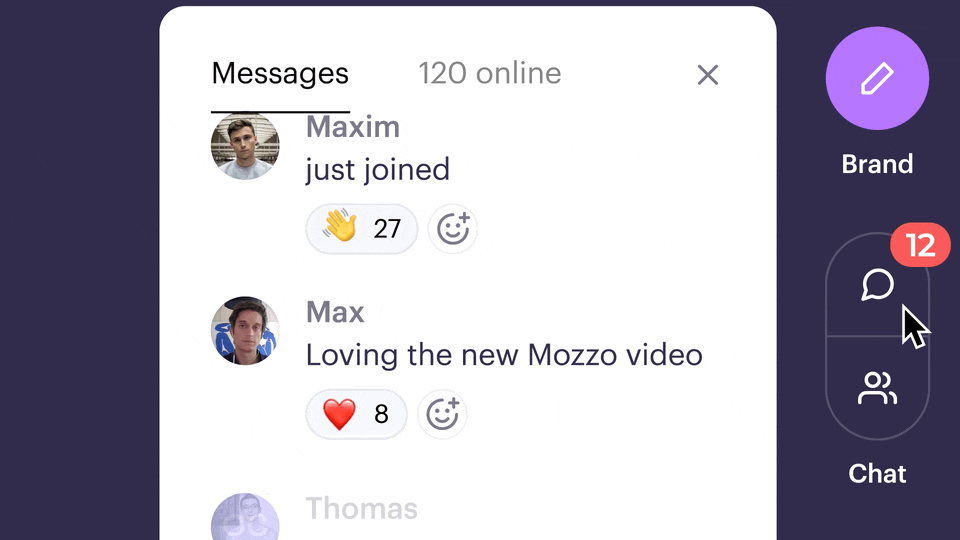
Connect your webinar platform to email marketing systems and CRM for seamless communication. Automated sequences should activate based on specific behaviors: registration, attendance, engagement level, and offer interaction. Each integration point represents an opportunity for optimization.
Want to ensure you don't miss a single step? Get our complete webinar checklist that covers everything from planning to post-event follow-up.
What are the best automated webinar platforms for engaging presentations in 2025
Platform selection directly impacts your funnel's performance and scalability. The right choice depends on your specific needs, not general popularity. Consider your budget, technical requirements, and growth projections when evaluating options.
Price ranges vary significantly across platform tiers. Enterprise solutions cost $500-2000 monthly but offer unlimited capacity and advanced features. Mid-tier platforms at $100-500 monthly balance functionality with affordability. Entry-level options under $100 provide basic automation for testing concepts.
Platform selection criteria for automated webinar success
Reliability supersedes feature lists when choosing platforms. Look for 99.9% uptime guarantees and redundant infrastructure. A platform that fails during peak traffic destroys credibility and wastes marketing investments.
Simulation authenticity affects viewer engagement and conversion. Modern platforms should display realistic attendee counts, release chat messages naturally, and present polls seamlessly. These elements create social proof without feeling artificial or deceptive.
Native integrations: hubspot, salesforce, and marketing automation tools
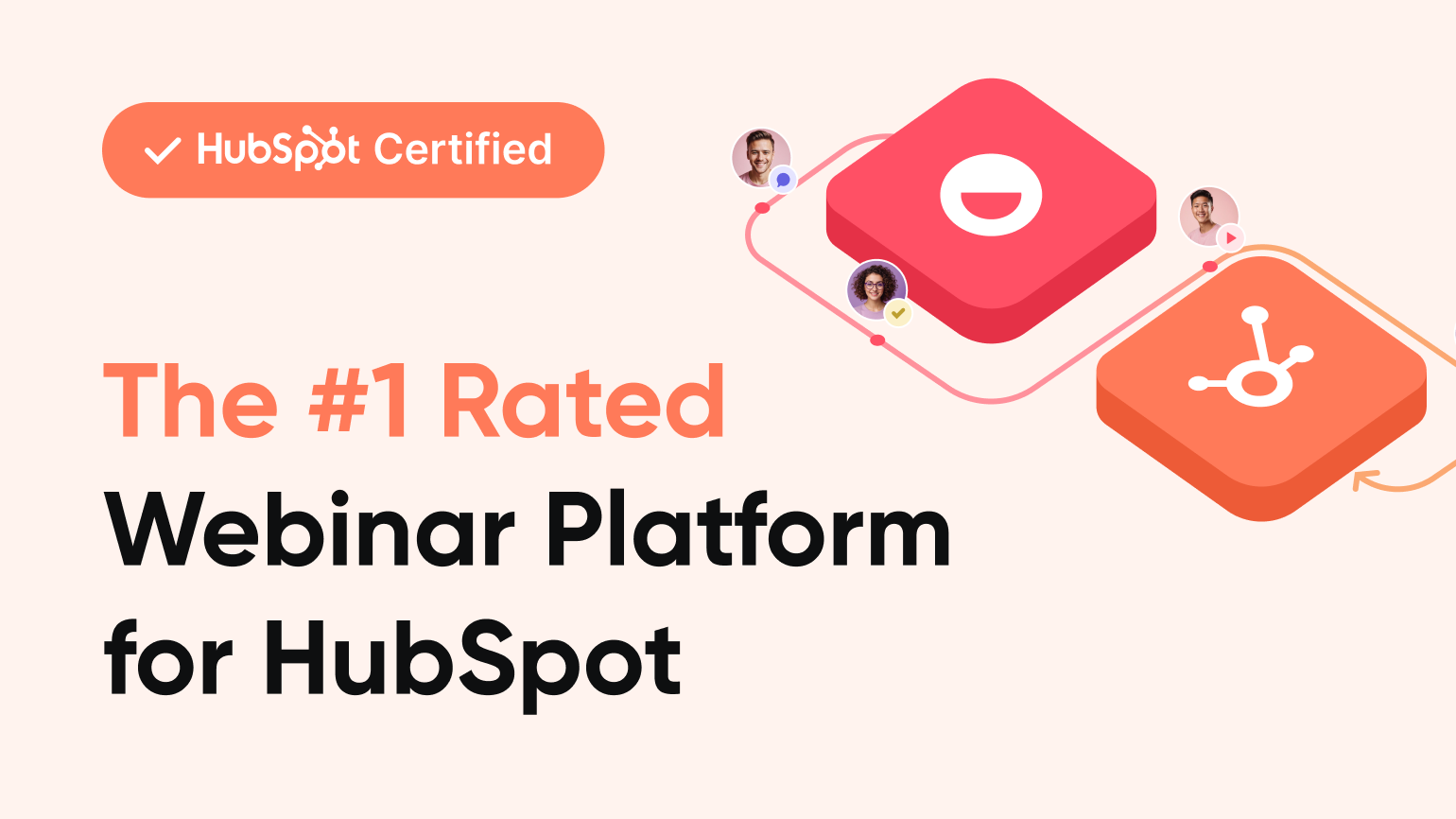
Direct CRM integration eliminates data silos and manual processes. HubSpot connections should be bi-directional, updating contact properties, triggering workflows, and logging activities automatically. Real-time synchronization ensures sales teams access current information.
Email marketing platform compatibility enables sophisticated nurturing. Your webinar software should pass detailed engagement data to trigger specific campaigns. Behavioral segmentation improves relevance and increases conversion rates compared to generic follow-up.
How to boost lead generation with automated webinars and increase attendance rates
Successful lead generation requires more than just creating a webinar. Strategic promotion across multiple channels increases registration volume and quality. Different approaches attract prospects at various awareness stages.
Positioning affects perception and response rates. Calling your content a "masterclass" or "training" often outperforms "webinar" in registration rates. Renaming your content (e.g., to ‘masterclass’ instead of ‘webinar’) often improves conversion from cold traffic significantly.
Advanced lead generation strategies for webinars
Partner collaborations multiply reach without increasing costs. Identify companies serving similar audiences with complementary offerings. Co-hosted webinars benefit both parties through shared promotion and lead distribution.
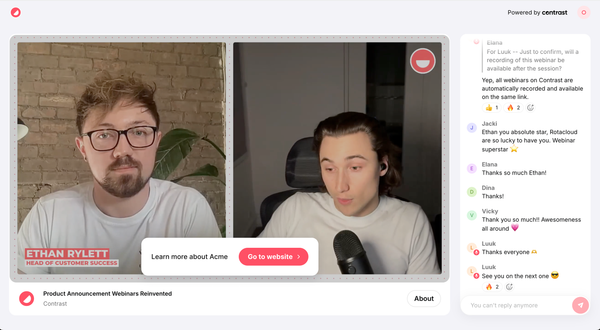
Content marketing creates organic discovery opportunities. Publish articles addressing problems your webinar solves. Include contextual calls-to-action inviting readers to learn more through your presentation. This approach attracts motivated prospects actively seeking solutions.
Creating authentic experiences that don't feel pre-recorded
Authenticity drives engagement even in pre recorded formats. Position your webinar as an exclusive showing rather than claiming false live status. Transparency builds trust while maintaining the benefits of automation.
Personalization extends beyond basic name insertion. Customize content based on traffic sources, industry segments, or company sizes. Dynamic elements make each viewing feel relevant to specific audience segments without manual intervention.
How to increase webinar attendance rates through automated interactions
The post-registration experience determines show-up rates. Immediately deliver value through bonus resources or quick-win content. This trains registrants that engaging with your materials produces positive outcomes.
Reminder sequences should provide value, not just notifications. Share testimonials, preview key insights, or offer pre-webinar worksheets. Each touchpoint should increase anticipation rather than simply repeating event details.
Managing live chat and interactive elements in an automated environment
Pre-collected questions create natural interaction points. Release them strategically throughout the presentation to maintain engagement. Time these moments to coincide with typical viewer attention patterns.
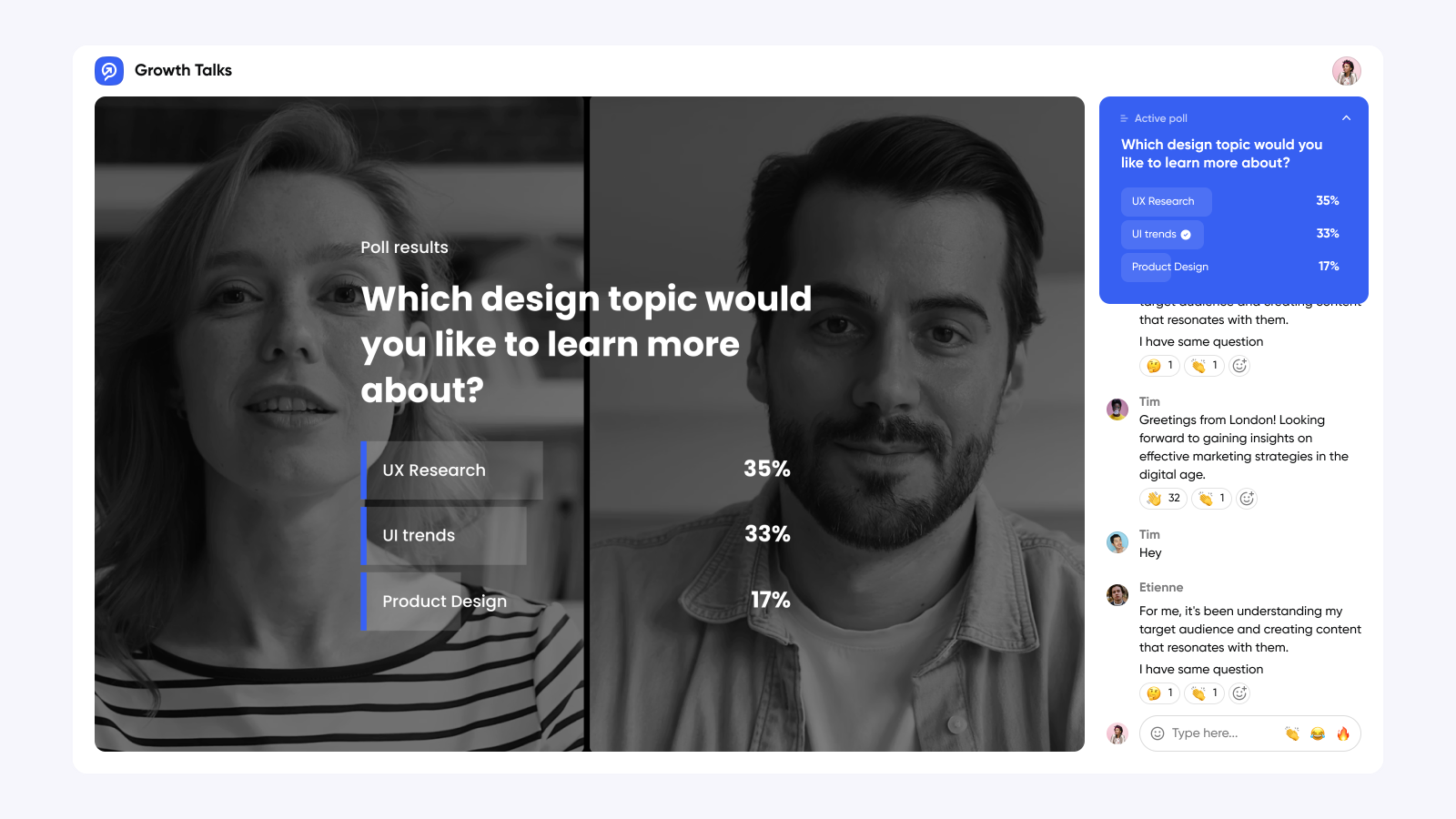
Polls and surveys provide interactive experiences while gathering data. Place them early to establish participation, midway to maintain focus, and before offers to surface objections. Display results dynamically to create social proof and community feeling.
How to automate follow-ups after webinars and analyze performance metrics
Post-webinar communication determines conversion success. The first 72 hours represent peak engagement and purchase intent. Systematic follow-up captures this momentum while it remains strong.
Segmentation based on viewing behavior improves message relevance. Highly engaged viewers need different communication than early departures. Customize sequences based on actual behavior rather than assumptions about interest levels.
Building intelligent post-webinar email reminders and sequences
Send immediate acknowledgment within five minutes of webinar completion. Include replay access, special offers, and clear expiration dates. The first post-webinar email typically achieves the highest open rates of the sequence.
Subsequent messages should add value while advancing the sales conversation. Day one might share additional insights. Day two could address common questions. Day three might feature success stories from similar customers. Each email moves prospects closer to decision.
Automated interactions based on attendee behavior
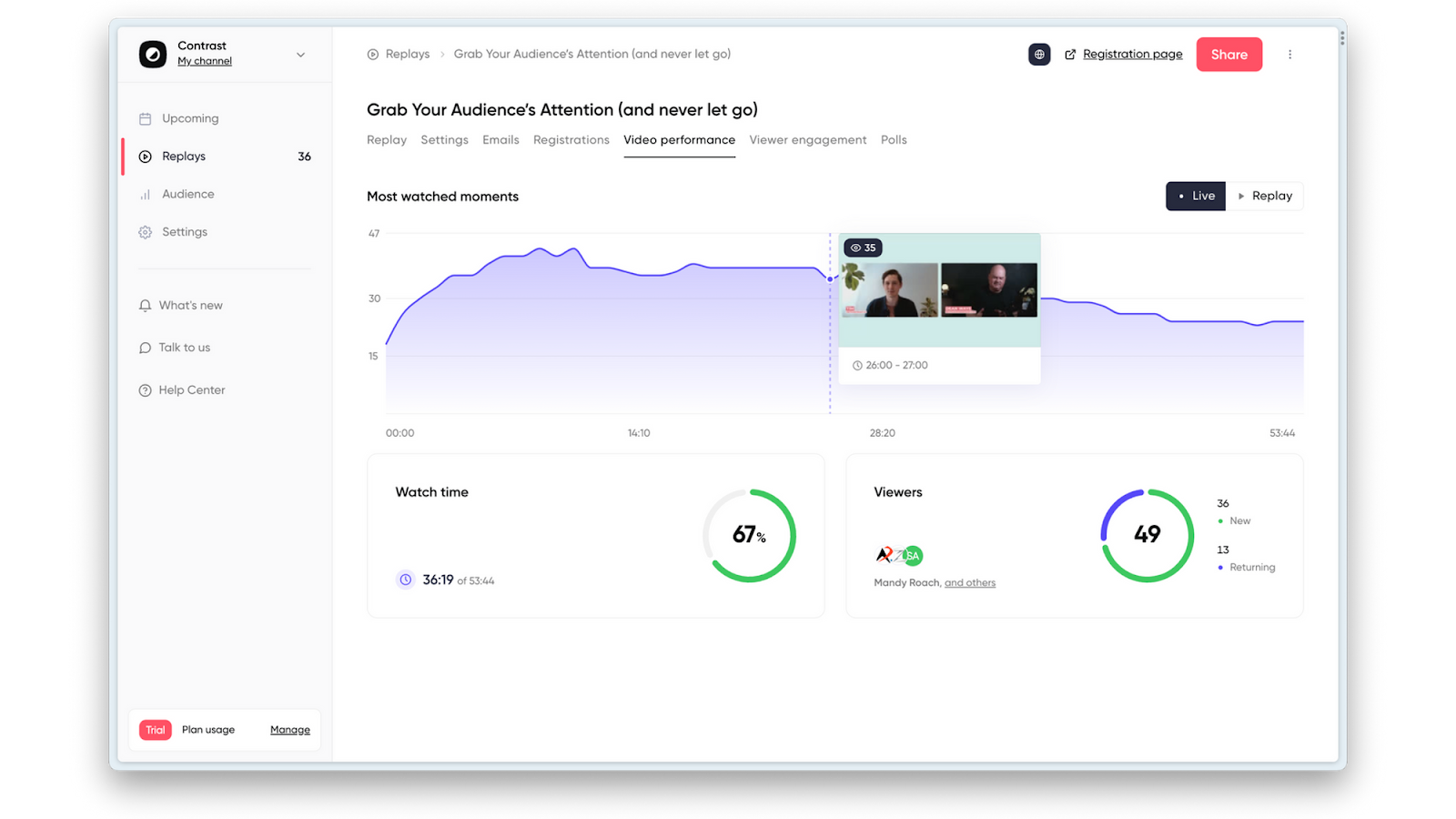
Engagement metrics reveal purchase intent more accurately than demographics. Higher viewing percentages generally correlate with stronger intent and warrant more immediate follow-up. Those watching less than 25% need different nurturing approaches.
Click behavior provides additional intelligence. Offer clicks without purchases indicate interest with obstacles. Multiple sales page visits suggest evaluation requiring reassurance or clarification. Tailor follow-up to address specific hesitations.
Creating time-sensitive offers that drive immediate action
Authentic urgency motivates action without manipulation. Cohort-based programs with actual start dates create natural deadlines. Limited bonuses for early action reward decisiveness without punishing deliberation.
Fast-action incentives should feel valuable but not essential. Include exclusive bonuses, implementation support, or additional resources for quick decisions. Maintain consistent pricing while adjusting value to encourage prompt action.
How to analyze webinar performance metrics with your analytics dashboard
Meaningful metrics guide optimization efforts. Track show-up rates by traffic source to identify your best promotion channels. Monitor engagement duration to find content improvements. Measure conversion by segment to refine targeting.
Revenue per registrant provides the most comprehensive success measure. This metric accounts for attendance, engagement, and purchase behavior. Calculate lifetime value over 30, 60, and 90 days to understand true ROI beyond initial transactions.
Implementation timeline and common mistakes to avoid
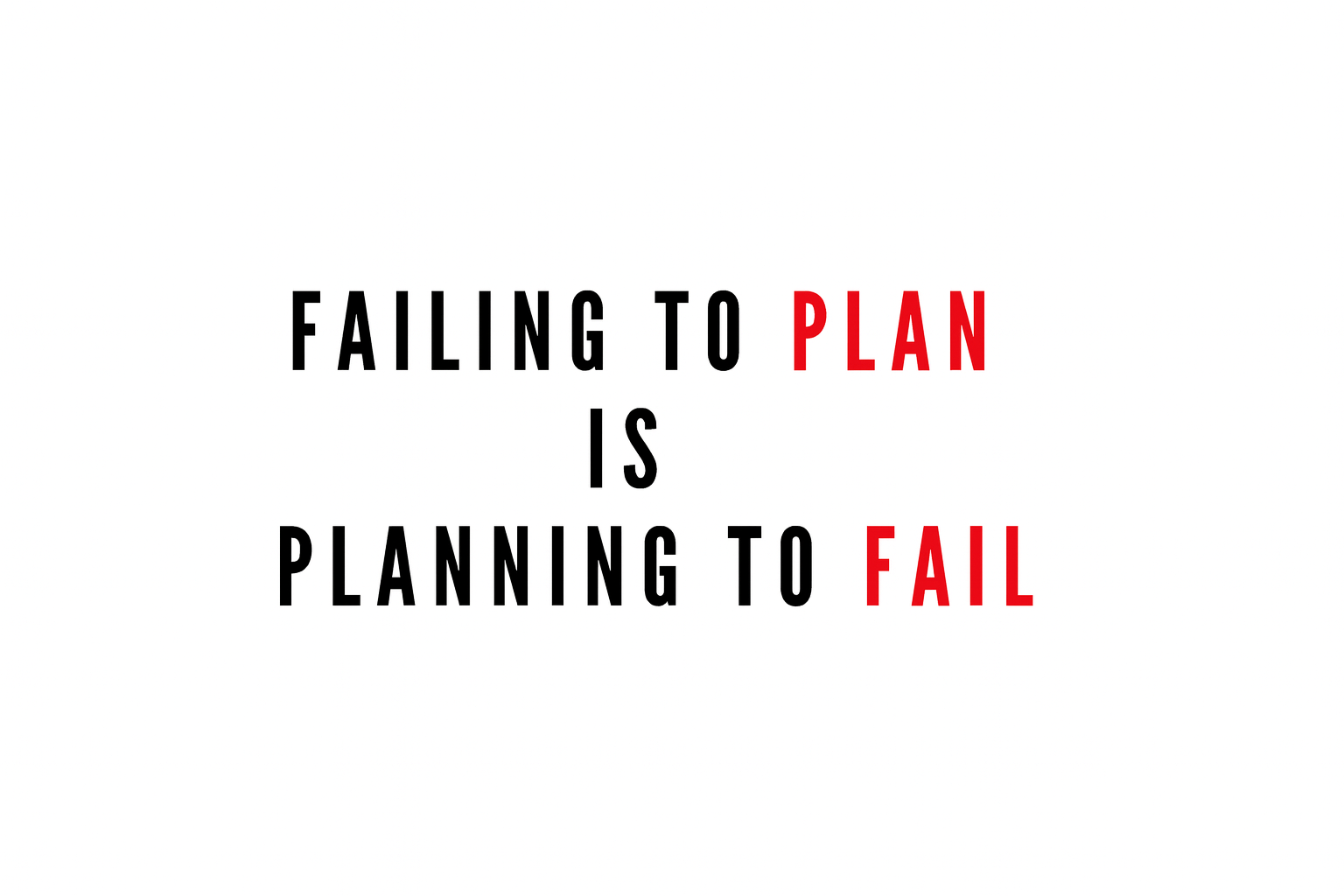
Successful implementation follows predictable patterns. Organizations that succeed plan thoroughly before building anything. They test systematically before launching publicly. They optimize continuously based on real data.
Common failures stem from impatience and incomplete preparation. Rushing to launch without proper testing creates poor first impressions. Neglecting follow-up sequences wastes generated interest. Failing to monitor metrics prevents necessary improvements.
Week-by-week setup timeline
Weeks 1-2 focus on strategy and content development. Define your audience precisely. Outline your presentation structure completely before creating any materials. Research competitor approaches to identify differentiation opportunities.
Weeks 3-4 involve technical setup and integration. Configure your chosen platform carefully. Test every connection twice to ensure reliability. Create all necessary assets including emails, landing pages, and thank you sequences.
Resource requirements and team structure
Internal ownership of strategy and core content ensures authenticity. Your unique perspective and expertise cannot be outsourced effectively. These elements differentiate your webinar from generic presentations.
Specialized tasks benefit from external expertise when appropriate. Professional video editing improves presentation quality. Experienced copywriters enhance conversion rates through optimized messaging. Technical specialists ensure smooth integrations.
Migration strategy: from live to automated
Transitioning from live to automated webinars requires careful planning. Select your highest-converting live presentation as the foundation. This proven content reduces risk while ensuring quality.
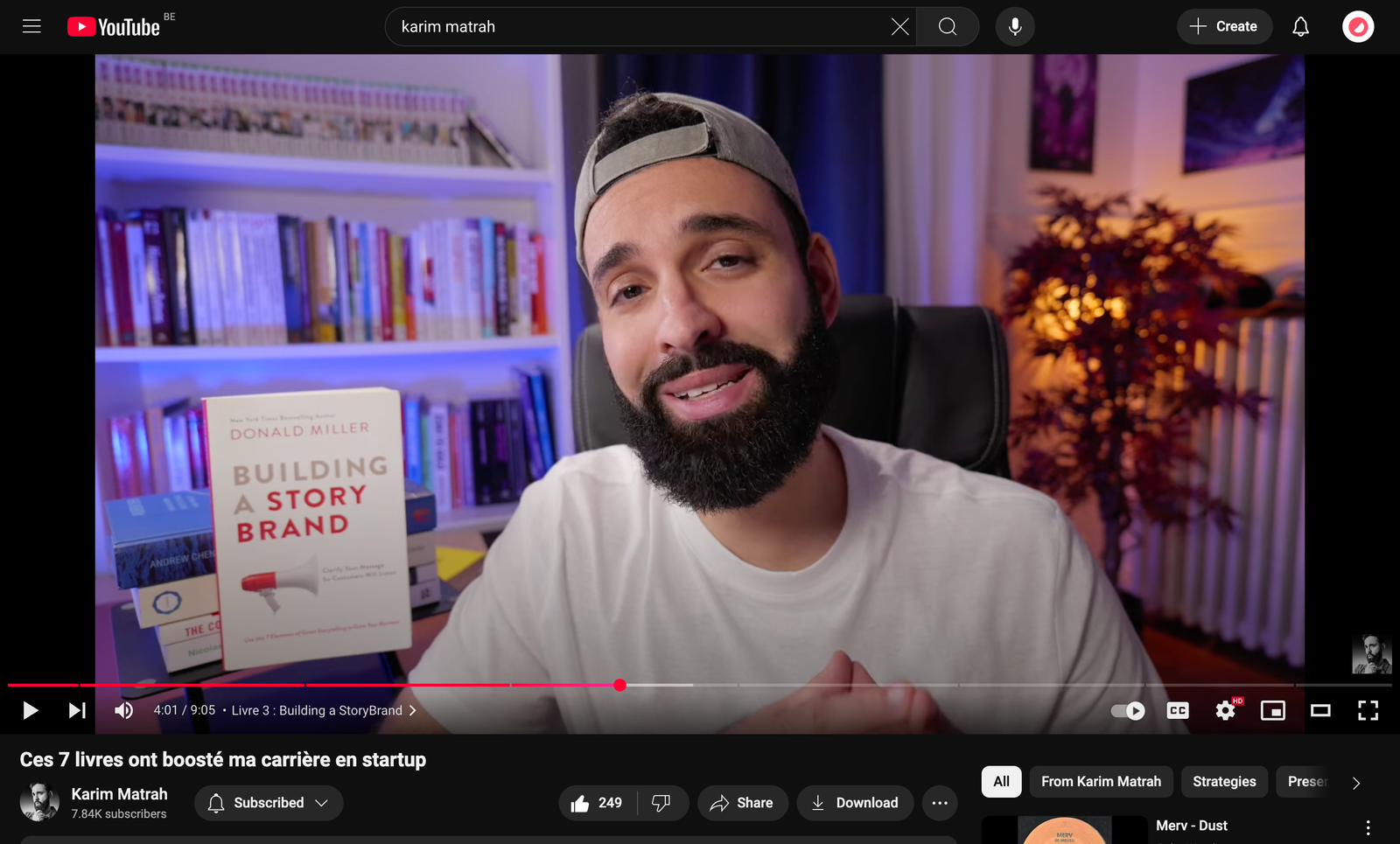
Communication about the change should emphasize benefits to viewers. More convenient scheduling, immediate access, and consistent quality all improve the user experience. Frame automation is evolution, not replacement of personal attention.
Common pitfalls and how to avoid them
The "set and forget" mentality destroys funnel performance over time. Schedule weekly reviews and monthly optimizations to maintain effectiveness. Market conditions, competitor actions, and audience preferences all evolve continuously.
Generic content fails to connect with specific audiences. Create targeted versions for different segments when possible. Personalization increases conversion rates significantly compared to one-size-fits-all approaches.
Conclusion: your automated webinar funnel journey starts now
You now possess a comprehensive framework for building effective automated webinar funnels. Success requires action, not just knowledge. Every day of delay represents lost opportunities and revenue.
Begin this week with concrete steps. Choose your topic by Tuesday. Select your platform and tools by Friday. Record your initial presentation next week. Perfection comes through iteration, not procrastination.
Your automated webinar funnel will become a valuable business asset. It generates leads continuously, qualifies prospects automatically, and converts customers predictably. The investment of time and effort pays dividends for years. Meanwhile, the virtual events industry is exploding in value, growing from around $195.7 billion in 2024 to an estimated $1.096 trillion by 2033, at a CAGR of approximately 21.1%.
The technology exists. The strategies are proven. Your audience awaits the value you provide. Start building your automated webinar funnel today and transform your lead generation forever.


Generate Leads with Pre-recorded Webinars
Start for free with up to 30 registrants. No credit card needed.
Start for free